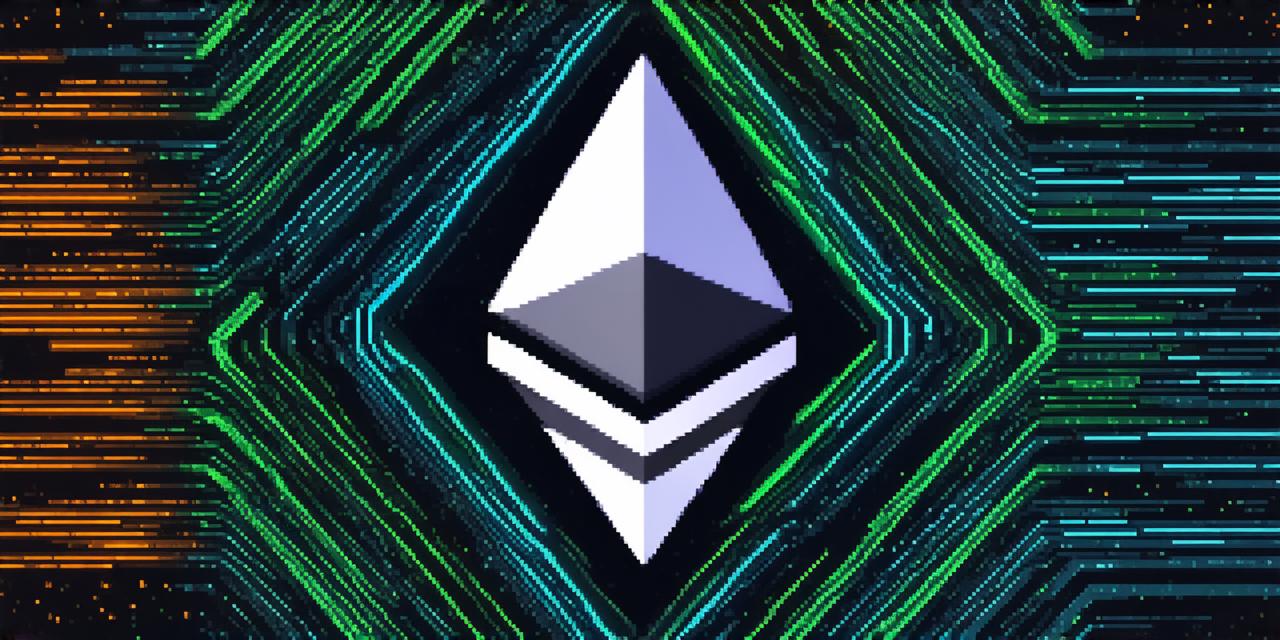EVM (Ethereum Virtual Machine) blockchain is an open-source platform that allows developers to build decentralized applications (DApps) using smart contracts. Smart contracts are self-executing programs that automatically enforce the terms of an agreement between buyers and sellers. EVM blockchain provides a secure, transparent, and tamper-proof environment for executing these smart contracts, making it one of the most popular blockchain platforms in use today.
In this article, we will explore what makes EVM blockchain unique and how it is being used to build innovative DApps across various industries. We will also discuss some of the challenges faced by EVM blockchain and how they are being addressed.
EVM Blockchain vs Other Blockchains
EVM blockchain has several key features that set it apart from other blockchains, including:
- Programming Language: EVM blockchain uses Solidity, a high-level programming language designed specifically for smart contracts. This makes it easy for developers to create complex applications without having to learn a new programming language.
- Scalability: EVM blockchain is highly scalable and can handle a large number of transactions per second. This is due in part to its support for off-chain scaling solutions like Plasma and Optimism, which allow the network to process more transactions by moving some computation off the main chain.
- Developer Community: EVM blockchain has a large and active developer community that contributes to the platform’s growth and development. This community includes developers, researchers, and businesses who are constantly innovating and building new applications on the platform.
- Security: EVM blockchain is highly secure due to its use of cryptographic techniques like elliptic curve cryptography and digital signatures. It also has a built-in mechanism for detecting and preventing fraudulent activity, making it an ideal platform for building trustless applications.
Real-Life Examples of EVM Blockchain in Action
EVM blockchain is being used to build a wide range of innovative DApps across various industries, including:
- Decentralized Finance (DeFi): DeFi is an emerging industry that uses blockchain technology to create financial applications that are decentralized, transparent, and secure. EVM blockchain is one of the most popular platforms for building DeFi applications, with examples like Uniswap, MakerDAO, and Aave providing liquidity solutions for trading cryptocurrencies and managing assets.
- Supply Chain Management: Blockchain technology has the potential to revolutionize supply chain management by enabling greater transparency and traceability of goods and services. EVM blockchain is being used to build DApps that enable businesses to track products from source to destination, ensuring compliance with regulations and improving efficiency. An example of this is the Food Trust initiative, which uses EVM blockchain to track food products from farm to table.
- Identity Management: EVM blockchain is being used to build DApps that enable secure and decentralized identity management. This enables individuals to control their own personal data and prevent identity theft. An example of this is uPort, a DApp built on EVM blockchain that allows users to manage their personal identity and credentials in a secure and private manner.
- Gaming: EVM blockchain is being used to build decentralized games that are more secure, transparent, and rewarding than traditional games. These games use smart contracts to automate game mechanics and ensure fairness, while also enabling players to earn cryptocurrencies for their participation. An example of this is CryptoKitties, a popular decentralized game built on EVM blockchain that allows players to breed, sell, and trade digital cats.

Challenges Faced by EVM Blockchain
While EVM blockchain has many advantages, it also faces several challenges, including:
- Scalability: EVM blockchain can be slow and expensive to use when handling large numbers of transactions. This is due in part to its limited scalability and high transaction fees. To address this challenge, EVM blockchain is exploring off-chain scaling solutions like Plasma and Optimism.
- Security: EVM blockchain is vulnerable to certain types of attacks, such as the DAO hack in 2016, which resulted in the theft of millions of dollars in cryptocurrency. To address this challenge, EVM blockchain is constantly improving its security mechanisms and implementing best practices for secure coding.
